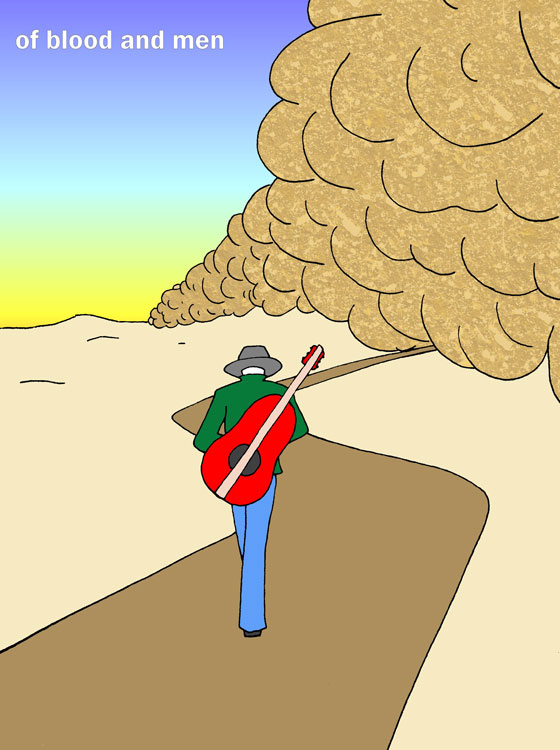Vampires. Love ’em or hate ’em, they’re everywhere. And despite what the Twi-hards might tell you, there’s nothing new about the phenomenon. The truth is vampires have been a staple of literature for hundreds of years.
If you want to get all technical, you can go way back to the start of the horror genre to find the first true vampire story. During a few particularly fateful months in 1816 (AKA the Year Without a Summer), Lord Byron—weirdo extraordinaire and, er, creepy collector—invited a group of artistic friends to hang on his sprawling estate. Because what else do you do with your sprawling estate but show it off to your less wealthy pals? To pass the time, which was appropriately dark and stormy thanks to the summer’s oddball weather, the group told scary stories. It was during this time that none other than Ms. Mary Shelley created a little story called Frankenstein. Meanwhile, another guest named John William Polidori contributed the lesser known but still landmark tale, “The Vampyre.” And thus horror as we know it was born. Take-home message: the next time there’s bad weather on your vacation, take a note from the Byron Brigade, and invent a whole new genre. Easy as that.
Okay, so besides giving you a horror history lesson, what do vampires have to do with today’s blog? Well, for all their ubiquity, those beloved bloodsuckers are a blast to write about. And this little writer is not immune to their charms.
 Earlier this month, the latest issue of After the Pause featured my vampire story, “Relationship Status.” It’s a lighthearted romp about a man debating how to deal with his divorce from his vampire wife. Spoiler alert: social media isn’t kind to him.
Earlier this month, the latest issue of After the Pause featured my vampire story, “Relationship Status.” It’s a lighthearted romp about a man debating how to deal with his divorce from his vampire wife. Spoiler alert: social media isn’t kind to him.
But “Relationship Status” wasn’t my first foray into the undead. That distinction belongs to “Of Blood and Men,” my Dust Bowl yarn that debuted in Mystery and Horror, LLC’s History and Horror, Oh My! last fall. And as you can guess from the title (and the nearby image which references its namesake’s original cover), this is an ode to the Joads. Yes, I just made a Steinbeck joke. A really corny one too. It’s my blog, and I can pun if I want to.
Besides the vampire angle, “Relationship Status” and “Of Blood and Men” are complete opposites. The former’s the closest I’ve come to romantic comedy; the latter’s a somber meditation on isolation and otherness. “Relationship Status” is firmly rooted in the real world if only the real world boasted exes with pointy teeth and fake Transylvania accents. Though it pays homage to real-life places and times—Oklahoma in the 1930s—“Of Blood and Men” posits an existence that’s dire for the living but ideal for the dead. From a writer’s (and reader’s) perspective, that’s the great thing about vampires: they’re completely malleable. Sunlight and garlic notwithstanding, no two vampires have to be alike.
Some say the sanguine trope is overdone and old. In fact, like epistolary horror, there are many publishers that shun the creatures of the night altogether. Send them a vampire story and earn an automatic rejection. That’s their opinion, and it’s absolutely as valid as mine (probably more valid if you’re a writer submitting to the big, scary publishing world). But what I’d like to add to the conversation is that anything can be reimagined. My two stories are neither the first nor the last to use the vampire myth to examine the human condition, and that’s what makes the Draculas and Angels and Count Orloks so enduring (and let’s face it, endearing too). In all their debonair youth and bottomless charms, vampires capture readers’ fascination unlike almost any other horror monster. Thus, it’s probably fitting that Polidori’s bloodsucker in “The Vampyre” was based on his host, Lord Byron. Nothing like a man once dubbed “mad, bad, and dangerous to know” to launch a genre legend.
Happy reading!
